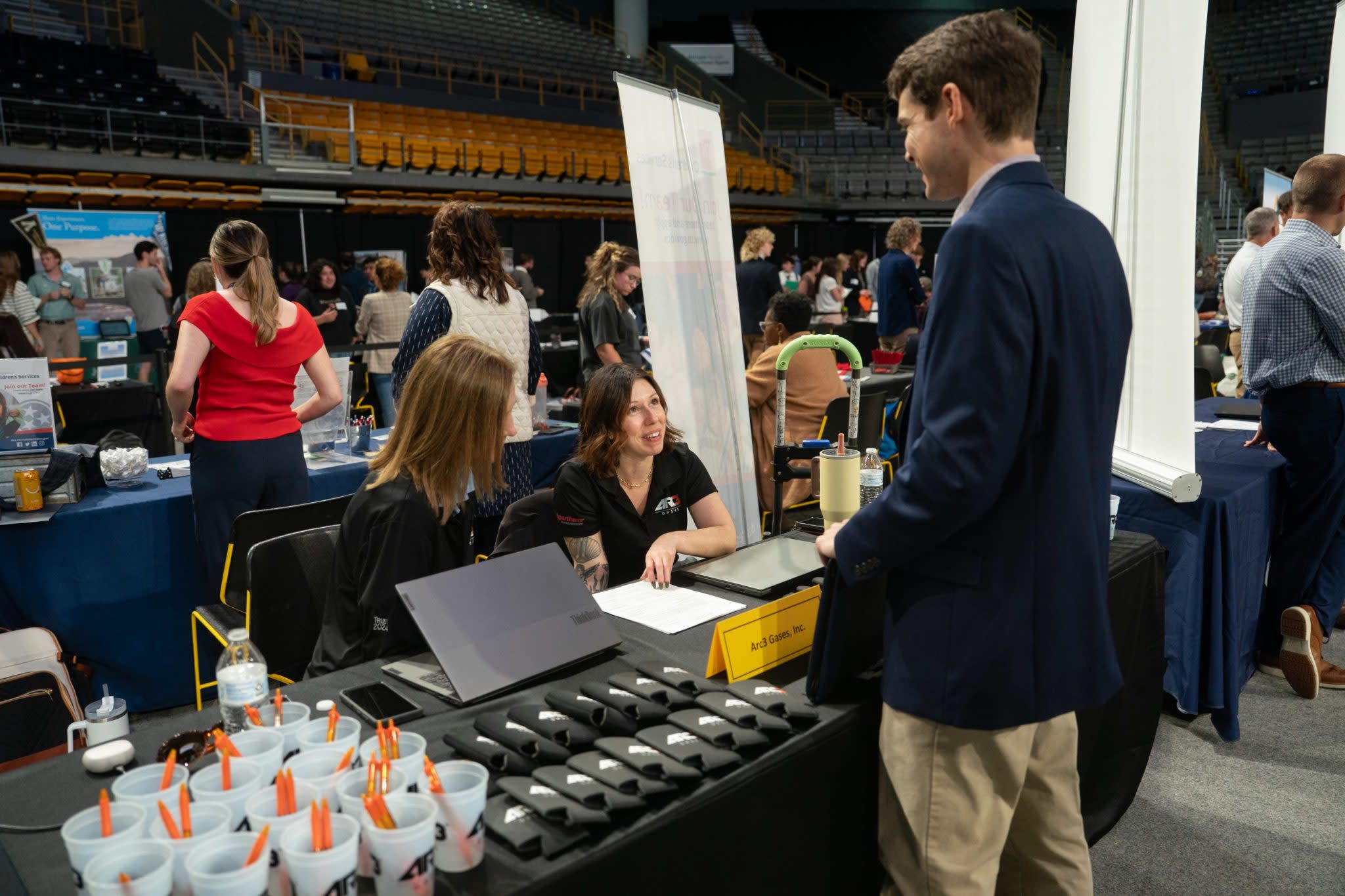As artificial intelligence continues to reshape industries and productivity metrics, economists and policymakers are closely monitoring whether the current wave of AI-driven innovation can withstand an economic downturn. The concept of “jobless growth,” where productivity increases without corresponding employment gains, has gained renewed attention, raising questions about the resilience of an AI-powered economy in the face of a potential recession.
The Rise of AI-Driven Productivity
Recent advancements in artificial intelligence, particularly in generative AI, automation, and advanced analytics, have enabled businesses to increase output without proportionally expanding their workforce. Companies in sectors such as finance, technology, logistics, and professional services report significant efficiency gains, often reducing the need for routine or repetitive labor.
Proponents argue that AI has the potential to supercharge economic growth, streamline operations, and generate new revenue streams. Early data suggests productivity metrics are improving, corporate earnings are growing, and innovative AI-driven services are expanding rapidly.
However, these gains have not translated into equivalent job creation. While AI technologies can create new roles in software development, data science, and AI governance, the scale of displacement in traditional roles may outpace the emergence of new opportunities, fueling concerns about widening labor market gaps.
Testing AI in a Recession
Economists warn that the true test of AI’s economic impact will occur during a downturn. A recession can strain demand, reduce investment, and expose weaknesses in productivity-led growth models. In such conditions, companies may further automate operations to preserve margins, potentially exacerbating jobless growth.
“AI may boost efficiency in good times, but a recession could reveal how dependent growth is on technology rather than human labor,” said a labor economist specializing in automation. “If companies rely primarily on AI to maintain output during contractions, we could see slower employment recovery and increased income inequality.”
Historical precedents suggest that technological advancements often disrupt labor markets in cyclical patterns. During economic slowdowns, automation can accelerate as firms cut costs, while hiring freezes prevent new job creation, reinforcing the phenomenon of jobless recovery.
Sectoral Implications
Different sectors are likely to experience varying impacts:
- Technology and AI Firms: May continue expanding employment as demand for AI solutions grows, though efficiency gains could limit the number of roles created.
- Manufacturing and Logistics: Automation could replace routine tasks, resulting in reduced staffing levels even as output remains stable.
- Professional Services: AI tools for analysis, customer support, and documentation could reduce labor requirements, though new roles in oversight and AI integration may emerge.
- Retail and Hospitality: Customer-facing roles may see slower recovery during a downturn as automation and online platforms become more prevalent.
The uneven sectoral impact underscores the need for policies that support reskilling and workforce adaptability in an AI-driven economy.
Macroeconomic Considerations
A recession could challenge assumptions about AI-led growth. Key economic questions include:
- Can AI-driven productivity offset declines in consumer demand and investment during downturns?
- Will corporate profits rise even as unemployment stagnates or increases?
- How will income distribution be affected if technology displaces a significant portion of the workforce?
- Can fiscal and monetary policy effectively stimulate an economy where labor demand is decoupled from output growth?
Economists suggest that traditional tools such as stimulus spending and interest rate adjustments may be less effective if automation reduces the link between economic activity and job creation.
Policy and Workforce Strategies
To mitigate the risks of a jobless recession, experts recommend several strategies:
- Reskilling Programs: Investments in workforce education and AI literacy to equip workers for emerging roles in AI management, cybersecurity, and software development.
- Targeted Fiscal Support: Programs to support sectors and workers most exposed to automation-induced displacement.
- AI Governance and Ethical Deployment: Policies ensuring that AI adoption complements human labor rather than entirely replacing it in critical functions.
- Economic Diversification: Encouraging industries that generate employment-intensive growth alongside technology-driven efficiency.
Such measures aim to balance the productivity benefits of AI with social and economic stability, ensuring that growth does not leave large portions of the workforce behind.
The Debate: Optimists vs. Skeptics
Proponents of AI-driven growth argue that the technology ultimately creates new industries, increases consumer choice, and generates wealth that can be redistributed through policy. They suggest that short-term job displacement is offset by long-term economic expansion and opportunities in emerging sectors.
Skeptics, however, warn that the current trajectory could lead to a structural decoupling of productivity and employment. If a recession exposes these vulnerabilities, the economy may experience prolonged jobless recoveries, exacerbating inequality and political tensions.
“The key question is whether AI growth is truly inclusive or simply an efficiency story,” said a senior macroeconomist. “Recession risk puts that assumption to the test.”
Looking Ahead
As AI continues to expand its footprint across the economy, monitoring its impact on employment, wages, and productivity will be crucial. The next economic downturn could reveal whether AI can sustain growth without generating jobs, or whether policymakers and companies must adapt to ensure a more equitable distribution of the gains.
Investors, business leaders, and policymakers will be watching closely: the AI revolution may be reshaping productivity, but its resilience during economic turbulence remains uncertain.







